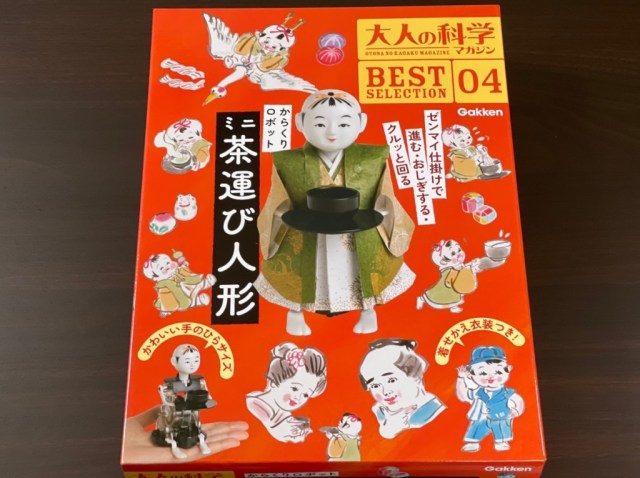
The jury’s still out on whether it’s creepy, cute, or creepy-cute.
A mechanical doll from the Edo period (1603-1867) that anyone can assemble? That concept alone grabbed our attention, so we purchased the August 12th edition of Adult Science Magazine Best Selection 04 model kit for 3,278 yen (US$30) at a local bookshop. This modern take on an actual clockwork tea-carrying doll of the past is a mini version, clocking in at only 13 centimeters (5.1 inches) tall, but we were still eager to try out the kit for ourselves.
Upon opening the box we were greeted by around 30 individual parts. Even so, the manual states that it should only take about 30 minutes to assemble. Thankfully, the most complex parts of the doll are already pieced together.
Our main job was to tighten a bunch of screws, a task which fortunately doesn’t require a degree in mechanical engineering to complete.
Understandably, the base materials themselves are different from what they would have been during the Edo period. Notably, they’d been upgraded to less breakable plastic, rubber, and metal. However, the overall design was still solidly based on the Karakuri/Kikou-zui, Japan’s oldest mechanical design document dating back to 1796. This document was often used as a reference material for making old Japanese clocks with spring action, which at the time were supposedly made using whale whiskers (yes, those exist).
As is the case for anything in the Adult Science Magazine series, the assembly is decently simple. We got all of the smaller parts ready to go so the only thing left to do was put them all together.
However, the final pieces have distinctly technical-sounding names, such as the speed regulator mechanism, the balance wheel, the balance wheel gear, the adjuster, and the driving wheel gear. We didn’t fully understand the significance of each piece, but the guide allowed us to scrape by without needing to know the ins and outs of engineering concepts.
The hardest part came when we had to stick the spring in a gap while making sure that a number of connecting pieces stayed in alignment. It would have been helpful to have a third hand for that particular step, but the final feeling of completion was especially gratifying.
▼ A small source of big frustration
With the hardest part over, the rest was a breeze.
It felt a little bit weird when it was time to attach the tabi socks-wearing feet of the doll. On the other hand, it felt really weird to mount the head. Thankfully, the doll’s facial features are already printed on, so there was no chance that we could mess that up with our lack of drawing skills…
Here’s the doll’s finished base form! It seemed a shame to leave all of the parts exposed, however, so we proceeded to dress our friendly teacup-bearing robot acquisition.
Beautiful sheets of washi, Japanese-style paper, are provided for the clothing. You can choose between a simple Western-style outfit or slightly more complicated Japanese-style garb. The Western clothes, which consist of a shirt and jacket, were designed by instructor Satoshi Morimoto of the prestigious Bunka Fashion College in Tokyo. You can also download pattern paper to make your own original clothing.
All things considered, we decided to go with the more traditional option.
You’ll need scissors and glue to make the clothing. There are optional parts that you can omit, but the little touches like the obi (sash) really made the outfit come alive for us. Preparing the clothes unquestionably took the longest amount of time.
At last the doll was complete! The thick, textured paper really lent it an elegant, aristocratic touch.
Closely cropped hair–with a patch of longer hair right above the forehead–was actually a common cut for children in the Edo period to save time. There were many variations on it as well, such as leaving bangs untouched or gathering a lock at the top of the head in a small ponytail. Was this style possibly the precursor to the undercut…?
Now for the moment of truth–time to test it out. We wound up the spring and placed the teacup on the tray, which serves as its trigger to move. Sure enough, the doll started moving forward in a straight line!
Meanwhile, taking the cup from the tray caused it to stop.
It could also change direction quite skillfully.
Sometimes automatons can cross into “uncanny valley” territory, but this one progressively grew on us as we watched it pivot around.
By the way, the guide noted that this release is actually a revised version of another mini model released in 2007. It was popular enough then to warrant a reissue now.
After watching it run around for a while, we’re starting to think our clockwork doll is more cute than creepy…probably…and should we get the urge to have even more hospitality provided to us by mechanical beings, we might just head over to this Tokyo hotel staffed by robots.
Reference: Gakken
All images © SoraNews24
● Want to hear about SoraNews24’s latest articles as soon as they’re published? Follow us on Facebook and Twitter!
[ Read in Japanese ]

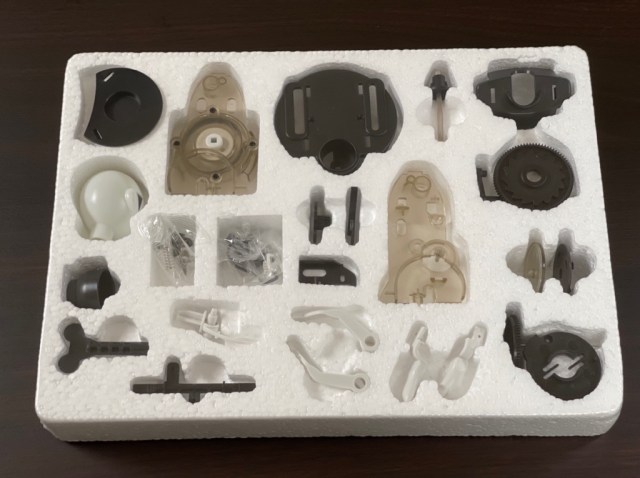
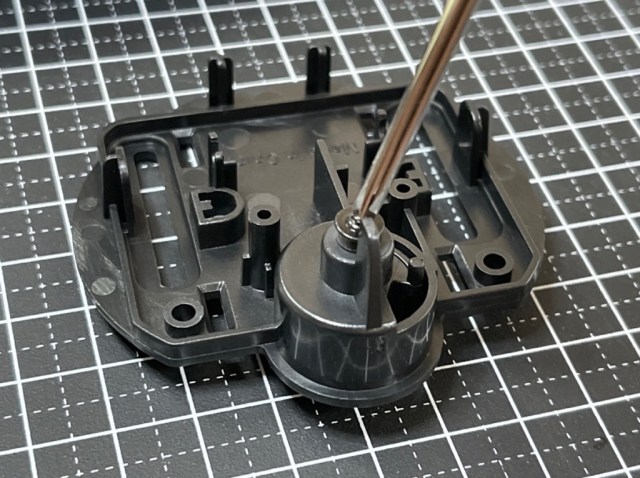
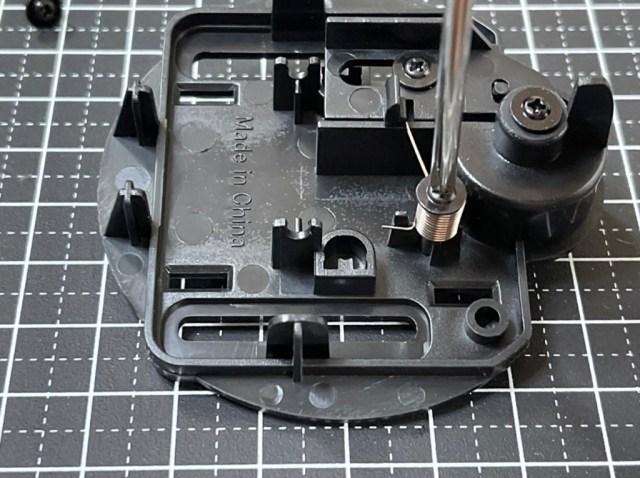
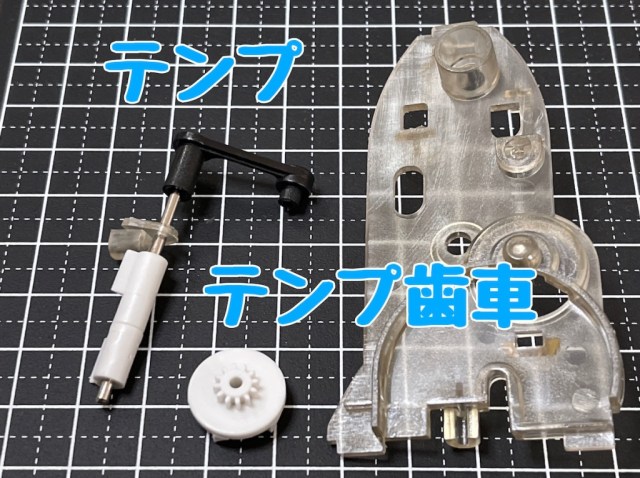
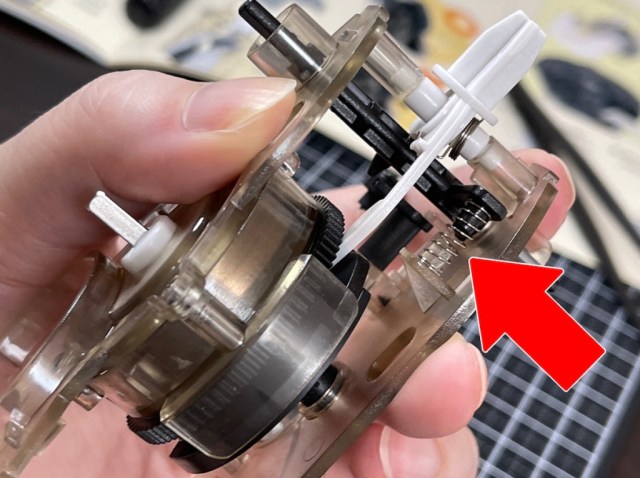
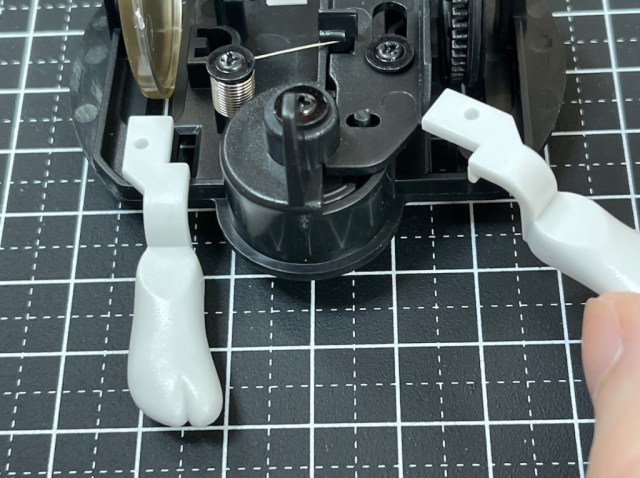
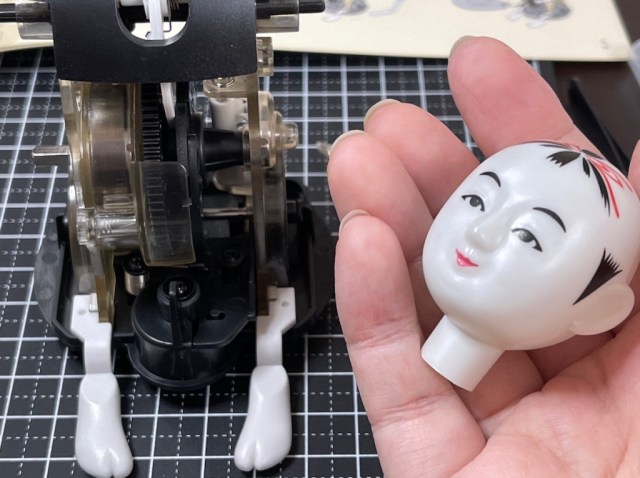
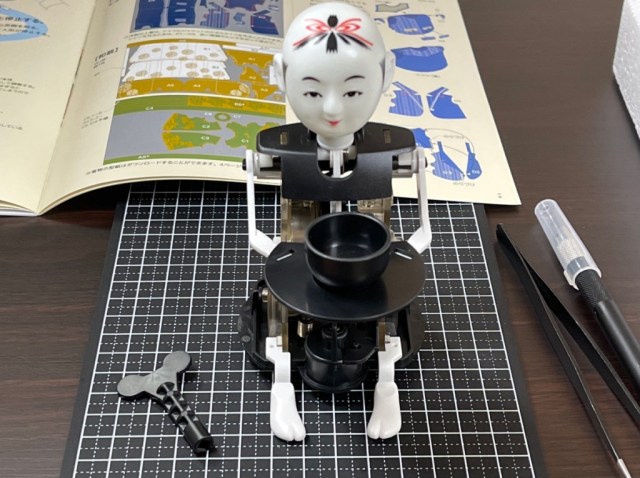

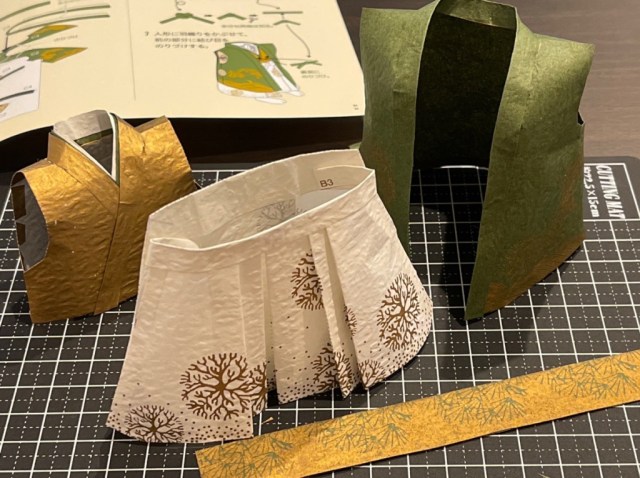
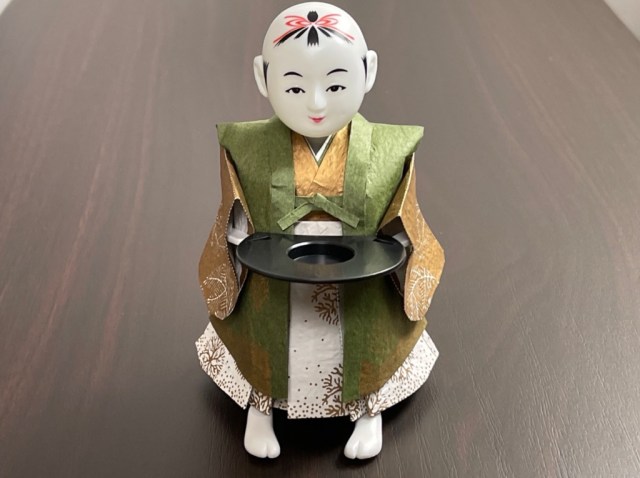
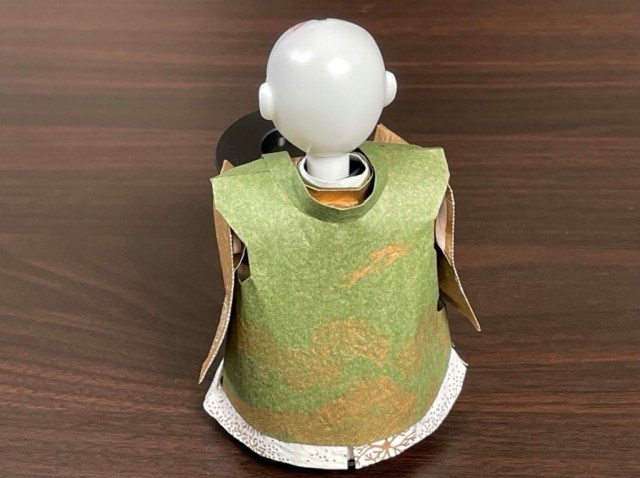
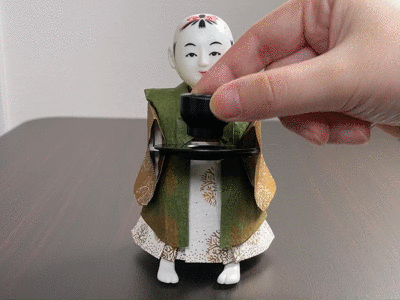

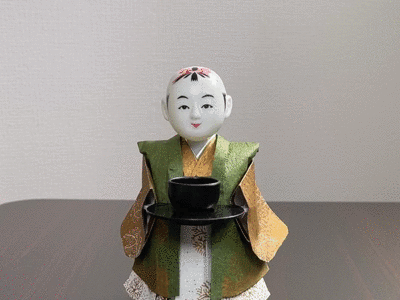
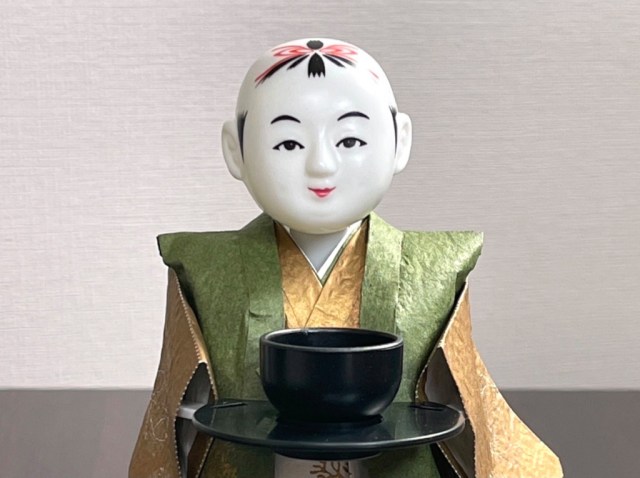
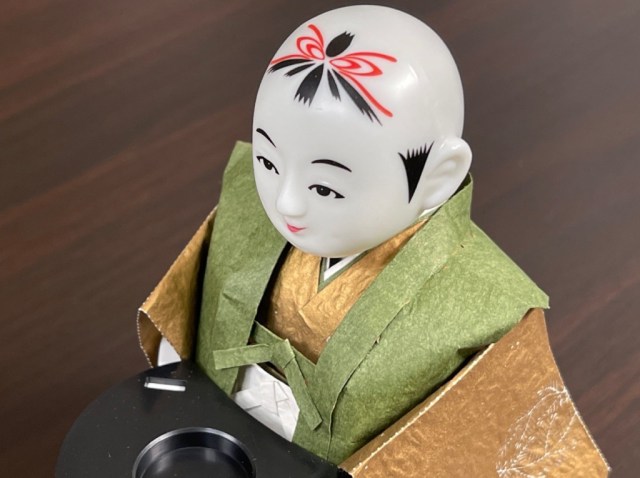
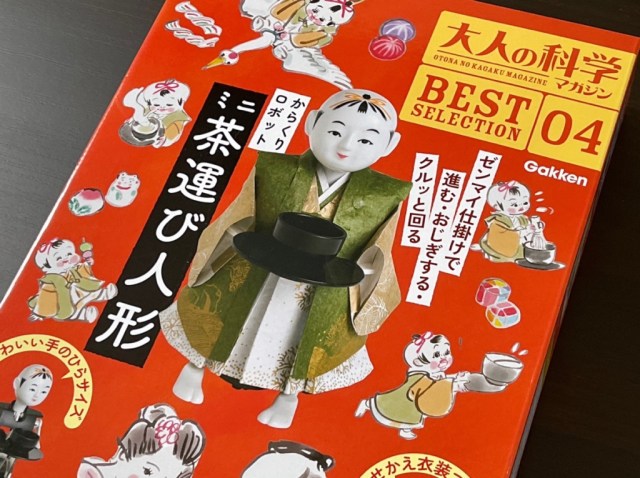
 Japanese beef bowl chain Sukiya’s 2026 Smile Box lucky bag basically pays for itself
Japanese beef bowl chain Sukiya’s 2026 Smile Box lucky bag basically pays for itself Village Vanguard’s most expensive Black Lucky Bag sets an ominous tone for 2026
Village Vanguard’s most expensive Black Lucky Bag sets an ominous tone for 2026 Should you dip your cake in sake? One Japanese brewer says no, but actually yes【 Taste test】
Should you dip your cake in sake? One Japanese brewer says no, but actually yes【 Taste test】 Terrace House star Hana Kimura’s suicide proceeding as a criminal case
Terrace House star Hana Kimura’s suicide proceeding as a criminal case That time Seiji called JASRAC to ask why he didn’t get paid royalties for his song being on TV
That time Seiji called JASRAC to ask why he didn’t get paid royalties for his song being on TV Japanese beef bowl chain Sukiya’s 2026 Smile Box lucky bag basically pays for itself
Japanese beef bowl chain Sukiya’s 2026 Smile Box lucky bag basically pays for itself Village Vanguard’s most expensive Black Lucky Bag sets an ominous tone for 2026
Village Vanguard’s most expensive Black Lucky Bag sets an ominous tone for 2026 Should you dip your cake in sake? One Japanese brewer says no, but actually yes【 Taste test】
Should you dip your cake in sake? One Japanese brewer says no, but actually yes【 Taste test】 Terrace House star Hana Kimura’s suicide proceeding as a criminal case
Terrace House star Hana Kimura’s suicide proceeding as a criminal case That time Seiji called JASRAC to ask why he didn’t get paid royalties for his song being on TV
That time Seiji called JASRAC to ask why he didn’t get paid royalties for his song being on TV Draw like a Studio Ghibli anime artist with exclusive watercolour set approved by Hayao Miyazaki
Draw like a Studio Ghibli anime artist with exclusive watercolour set approved by Hayao Miyazaki Ice cream in fried tofu? Taste-testing ice cream inari, a substitute for ice cream cones【Taste test】
Ice cream in fried tofu? Taste-testing ice cream inari, a substitute for ice cream cones【Taste test】 Cancelled your trip to Tokyo? Free papercraft download lets you build Akihabara in your own home
Cancelled your trip to Tokyo? Free papercraft download lets you build Akihabara in your own home Ginza hotel serves up one of the best breakfasts in Tokyo
Ginza hotel serves up one of the best breakfasts in Tokyo Tour a stylish, minimalistic Muji House in new downtown Tokyo showroom
Tour a stylish, minimalistic Muji House in new downtown Tokyo showroom Starbucks Japan ready to get Year of the Horse started with adorable drinkware and plushies【Pics】
Starbucks Japan ready to get Year of the Horse started with adorable drinkware and plushies【Pics】 Hayao Miyazaki says Happy New Year to Studio Ghibli fans with new art for Year of the Horse
Hayao Miyazaki says Happy New Year to Studio Ghibli fans with new art for Year of the Horse 7 great places to see Mt. Fuji from without having to climb it
7 great places to see Mt. Fuji from without having to climb it We found possibly the quietest Japanese-style hotel in Tokyo’s bustling Shinjuku district
We found possibly the quietest Japanese-style hotel in Tokyo’s bustling Shinjuku district Cup Noodle tries an authentic Jiro-style ramen, but something’s not quite right
Cup Noodle tries an authentic Jiro-style ramen, but something’s not quite right Hello Kitty Choco Egg figures are an adorable trip through three periods of Japanese pop culture【Pics】
Hello Kitty Choco Egg figures are an adorable trip through three periods of Japanese pop culture【Pics】 Japan’s oldest largetooth sawfish in captivity back on display in Mie Prefecture
Japan’s oldest largetooth sawfish in captivity back on display in Mie Prefecture Cyberpunk anime meets traditional culture in Ghost in the Shell gold leaf Japanese changing screens
Cyberpunk anime meets traditional culture in Ghost in the Shell gold leaf Japanese changing screens The best Starbucks Japan Frappuccinos we want to drink again in 2026
The best Starbucks Japan Frappuccinos we want to drink again in 2026 We revisited Sweets Paradise after a decade to see if Japan’s dessert buffet still delivers
We revisited Sweets Paradise after a decade to see if Japan’s dessert buffet still delivers 7-Eleven Japan starts new temporary luggage storage service in over 300 branches
7-Eleven Japan starts new temporary luggage storage service in over 300 branches Disillusionment at Tsukiji’s tourist-target prices led us to a great ramen restaurant in Tokyo
Disillusionment at Tsukiji’s tourist-target prices led us to a great ramen restaurant in Tokyo Starbucks teams up with 166-year-old Kyoto doll maker for Year of the Horse decorations【Photos】
Starbucks teams up with 166-year-old Kyoto doll maker for Year of the Horse decorations【Photos】 Tokyo considering law requiring more trash cans following litter increase in heavily touristed area
Tokyo considering law requiring more trash cans following litter increase in heavily touristed area Tokyo’s Tsukiji sushi neighborhood asks tour groups to stay away for the rest of the month
Tokyo’s Tsukiji sushi neighborhood asks tour groups to stay away for the rest of the month Tokyo event lets you travel back in time, for free, to celebrate 100 years since Showa era start
Tokyo event lets you travel back in time, for free, to celebrate 100 years since Showa era start Sanrio theme park in Japan announces plans to expand into a Sanrio resort
Sanrio theme park in Japan announces plans to expand into a Sanrio resort Japan may add Japanese language proficiency, lifestyle classes to permanent foreign resident requirements
Japan may add Japanese language proficiency, lifestyle classes to permanent foreign resident requirements Stamina-destroying “Paralysis Noodles” are Tokyo’s newest over-the-top ramen innovation
Stamina-destroying “Paralysis Noodles” are Tokyo’s newest over-the-top ramen innovation Survey asks foreign tourists what bothered them in Japan, more than half gave same answer
Survey asks foreign tourists what bothered them in Japan, more than half gave same answer Japan’s human washing machines will go on sale to general public, demos to be held in Tokyo
Japan’s human washing machines will go on sale to general public, demos to be held in Tokyo Japan’s deadliest food claims more victims, but why do people keep eating it for New Year’s?
Japan’s deadliest food claims more victims, but why do people keep eating it for New Year’s? We deeply regret going into this tunnel on our walk in the mountains of Japan
We deeply regret going into this tunnel on our walk in the mountains of Japan Studio Ghibli releases Kodama forest spirits from Princess Mononoke to light up your home
Studio Ghibli releases Kodama forest spirits from Princess Mononoke to light up your home Major Japanese hotel chain says reservations via overseas booking sites may not be valid
Major Japanese hotel chain says reservations via overseas booking sites may not be valid Put sesame oil in your coffee? Japanese maker says it’s the best way to start your day【Taste test】
Put sesame oil in your coffee? Japanese maker says it’s the best way to start your day【Taste test】 No more using real katana for tourism activities, Japan’s National Police Agency says
No more using real katana for tourism activities, Japan’s National Police Agency says Starbucks Japan reveals new sakura drinkware collection, inspired by evening cherry blossoms
Starbucks Japan reveals new sakura drinkware collection, inspired by evening cherry blossoms Updated cherry blossom forecast shows extra-long sakura season for Japan this year
Updated cherry blossom forecast shows extra-long sakura season for Japan this year Draw like a Studio Ghibli anime artist with exclusive watercolour set approved by Hayao Miyazaki
Draw like a Studio Ghibli anime artist with exclusive watercolour set approved by Hayao Miyazaki Ice cream in fried tofu? Taste-testing ice cream inari, a substitute for ice cream cones【Taste test】
Ice cream in fried tofu? Taste-testing ice cream inari, a substitute for ice cream cones【Taste test】 Cancelled your trip to Tokyo? Free papercraft download lets you build Akihabara in your own home
Cancelled your trip to Tokyo? Free papercraft download lets you build Akihabara in your own home Ginza hotel serves up one of the best breakfasts in Tokyo
Ginza hotel serves up one of the best breakfasts in Tokyo Tour a stylish, minimalistic Muji House in new downtown Tokyo showroom
Tour a stylish, minimalistic Muji House in new downtown Tokyo showroom Cup Noodle tries an authentic Jiro-style ramen, but something’s not quite right
Cup Noodle tries an authentic Jiro-style ramen, but something’s not quite right Hayao Miyazaki says Happy New Year to Studio Ghibli fans with new art for Year of the Horse
Hayao Miyazaki says Happy New Year to Studio Ghibli fans with new art for Year of the Horse TikTok releases its Year in Music 2025 – Japan’s Top 10 Songs ranking
TikTok releases its Year in Music 2025 – Japan’s Top 10 Songs ranking 1,300-year-old Kyoto shrine changes bell policy following altercation with foreign tourists【Video】
1,300-year-old Kyoto shrine changes bell policy following altercation with foreign tourists【Video】 Real-life Ghost of Tsushima shrine announces ban of all “tourists,” but there’s some fine print
Real-life Ghost of Tsushima shrine announces ban of all “tourists,” but there’s some fine print What did Shibuya really look like after the crowds on New Year’s Day?
What did Shibuya really look like after the crowds on New Year’s Day? Stay in a Japanese hotel room…with a train inside it!
Stay in a Japanese hotel room…with a train inside it!
Leave a Reply